7 Tips to Know Before Buying Fast-Growing Houseplants: A Guide for Green Thumbs
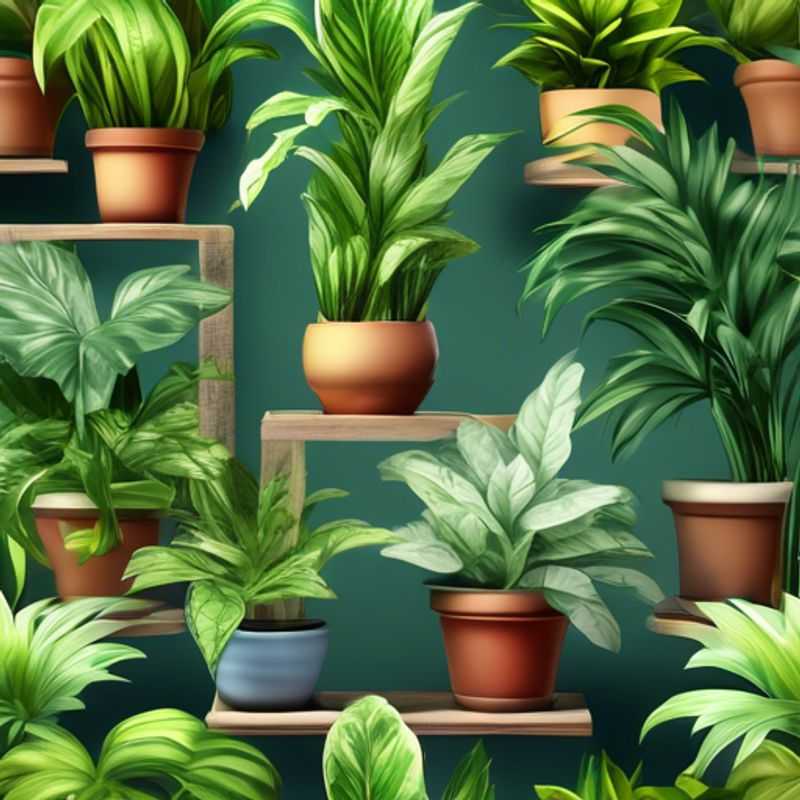
7 Tips to Know Before Buying Fast Growing Houseplants: A Guide to Green Thumb Success
Hey there, plant lovers! Are you ready to bring some lush greenery into your home with fast-growing houseplants? Before you head to the nursery, there are a few key things to keep in mind to ensure your new leafy friends thrive. Let's dive into 7 essential tips to help you make the right choice:
1. Research, Research, Research! Each fast-growing houseplant has its own unique personality and needs.
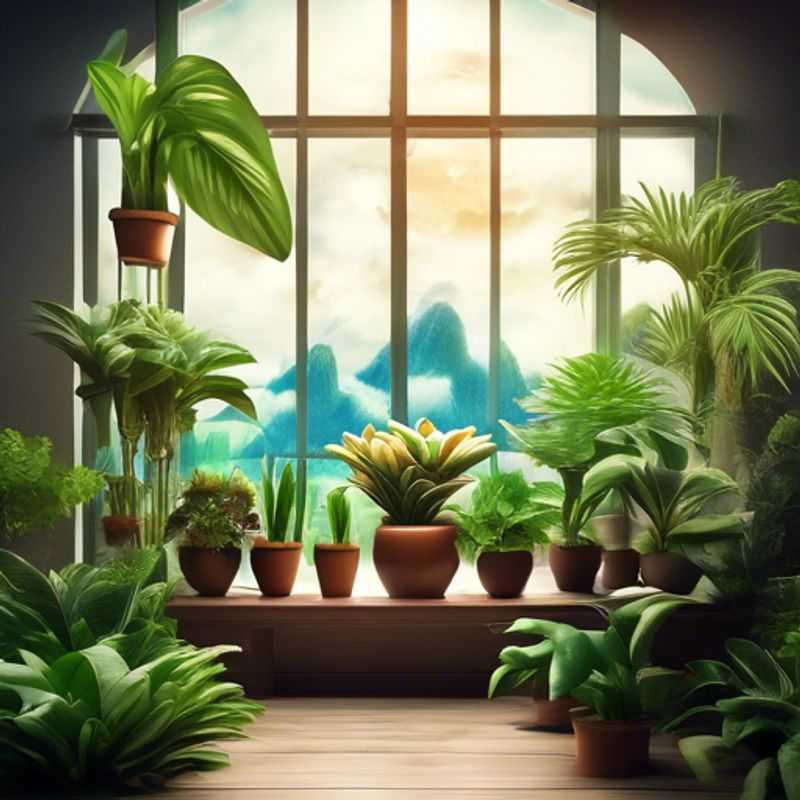
Unlocking the Secrets to Thriving Fast-Growing Houseplants: A Guide to Specific Care Needs
Fast-growing houseplants bring life and vibrancy to any space. But to keep them thriving, you need to know their specific care requirements. Research is key! Different plants have different needs. Light, water, and soil are crucial. Humidity and temperature also play a role.
Start with the basics:
Light: Some plants need bright, indirect light, others prefer shade. Water: Knowing when to water is important. Soil: Choosing the right soil is crucial for good drainage.
Don't forget about the extras:
Humidity: Some plants need extra humidity. Temperature: Each plant has a preferred temperature range.
Researching online, visiting nurseries, and connecting with local gardening communities are great ways to gather information. You can also find helpful resources like books and plant care apps. Taking the time to learn about your specific plant will ensure its continued growth and beauty.
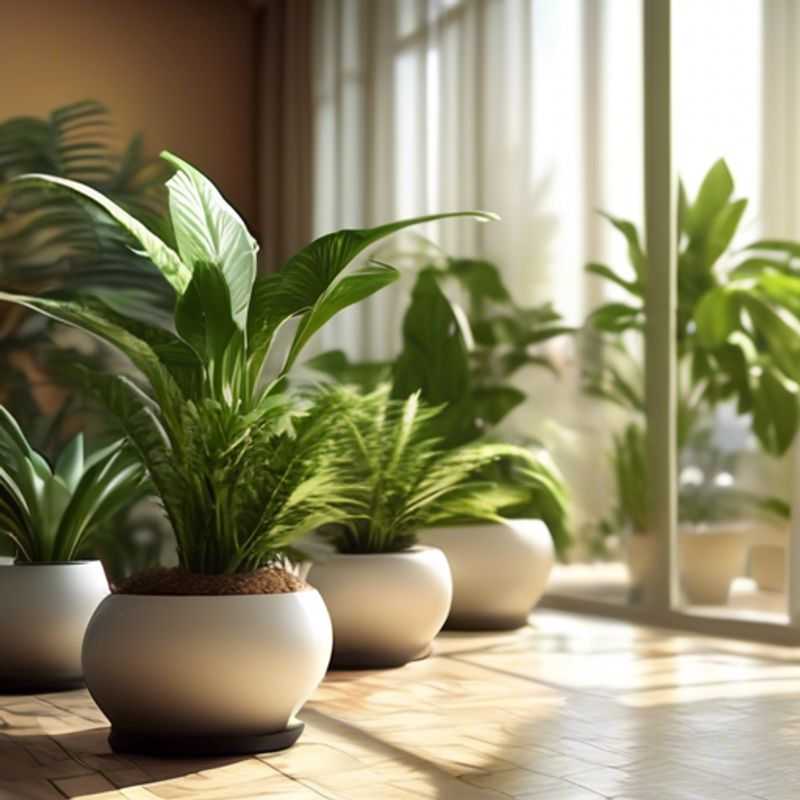
Sunlight, Water, and Space: Essential Considerations for Plant Success
When planning your garden, it's crucial to consider the amount of sunlight, water, and space your plants need. Sunlight is essential for photosynthesis, the process by which plants convert light energy into food. Each plant has specific light requirements, ranging from full sun (6+ hours daily) to partial shade (2-6 hours) and full shade (less than 2 hours).
Water is another crucial factor. Some plants thrive in moist soil, while others prefer drier conditions. Overwatering can lead to root rot, while underwatering can cause wilting. Consider your local climate and soil type when determining how much water your plants will need.
Finally, space is important for healthy growth. Each plant has a different mature size. Overcrowding can lead to competition for resources, resulting in stunted growth and disease. Consider the mature size of your plants when planning your garden layout.
Remember, it's always best to research the specific needs of your chosen plants before planting them. There are many online resources and local garden centers that can provide helpful information. By carefully considering these factors, you can create a thriving and beautiful garden that will bring you joy for years to come.
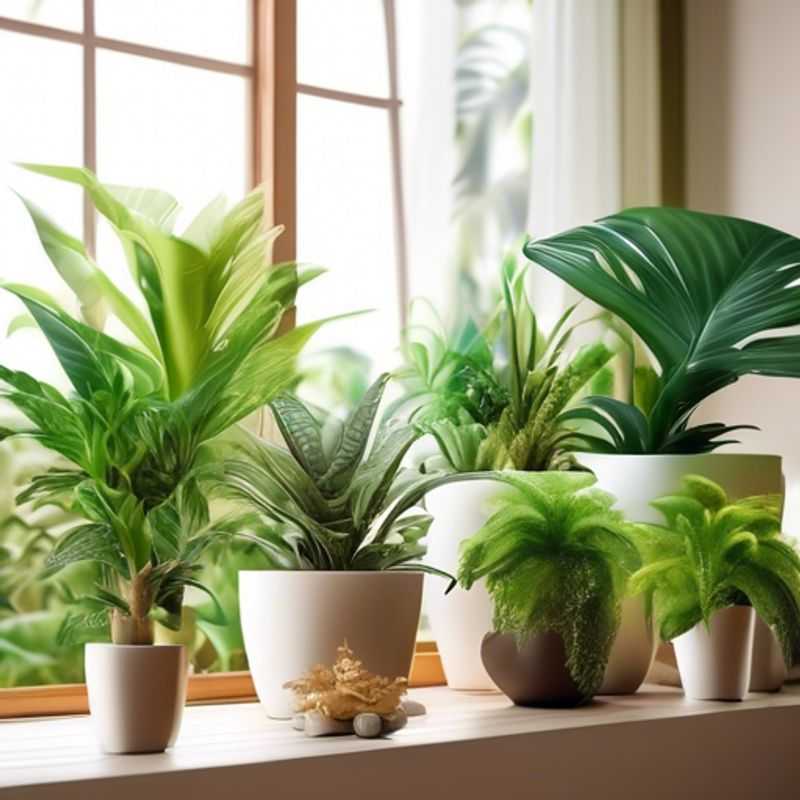
Green Thumb Essentials: The Right Tools for Potting & Plant Care
Having the right tools can make a world of difference in plant care, whether you're potting fresh starts or tending established plants.
For potting, you'll want a potting mix suited to your plants' needs, a watering can with a rose for gentle watering, and potting tools like a trowel for digging and a hand rake for leveling.
Beyond that, you'll need gardening gloves for protection, labels to keep track of your plants, and a measuring tape to ensure your pots are the right size. You might also consider a sieve for aerating potting mix and a spray bottle for applying diluted fertilizer or fungicides.
For plant maintenance, basic tools include hand pruners for trimming and shaping, a garden hose for watering, and a watering wand or spray nozzle for targeted watering. A leaf rake comes in handy for clearing debris, while a wheelbarrow is helpful for moving larger plants and heavy items.
Remember, regularly cleaning your tools is important to prevent disease spread and maintain their lifespan. It's a small effort with a big impact!
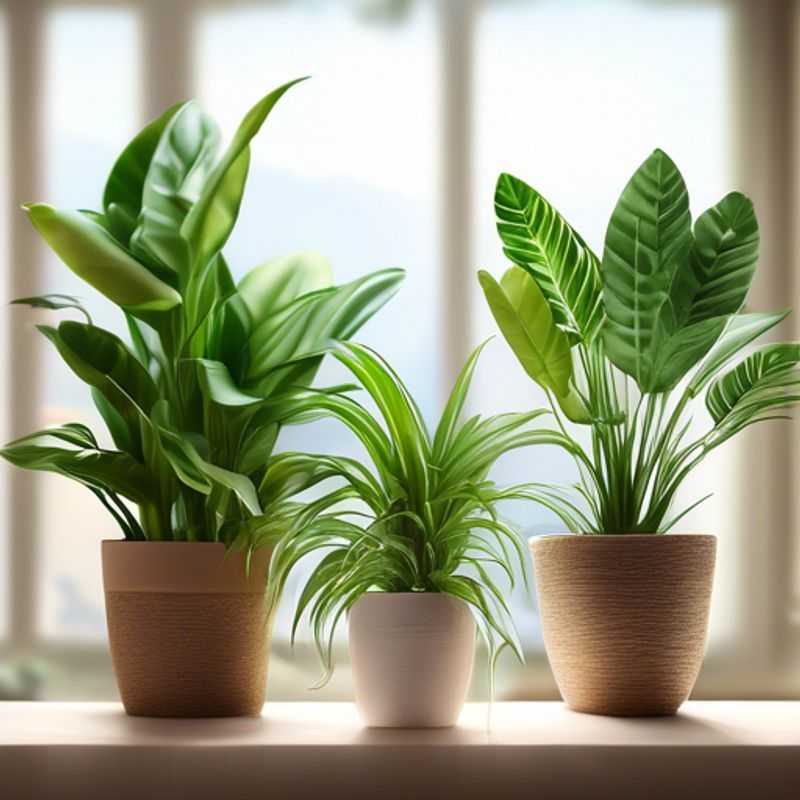
Fast-Growing Houseplants: Recognizing and Managing Pests and Diseases
Fast-growing houseplants are a joy to have around, but they can also be susceptible to pests and diseases. Here are some common culprits and what to look out for:
Pests:
Spider mites: These tiny creatures spin webs and suck sap from leaves, causing yellowing and spotting. Look for fine webbing on the undersides of leaves.
Mealybugs: These white, fuzzy insects cluster on stems and leaf axils, sucking plant juices. They leave behind a sticky residue called honeydew.
Aphids: These tiny insects cluster on new growth, sucking sap and causing leaf distortion. They can also secrete honeydew.
Scale insects: These armored insects attach themselves to stems and leaves, sucking sap and leaving behind a waxy residue.
Whiteflies: These small, white, winged insects cluster on the undersides of leaves, sucking sap and leaving behind a sticky residue.
Diseases:
Powdery mildew: This fungal disease appears as a white, powdery coating on leaves, stems, and flowers. It can cause leaf distortion and premature drop.
Root rot: This fungal disease attacks plant roots, causing wilting, yellowing, and eventual death. It is often caused by overwatering.
Leaf spot: This fungal disease causes brown or black spots on leaves, which can eventually cause them to drop.
Bacterial leaf blight: This bacterial disease causes brown, mushy spots on leaves, which can quickly spread and cause defoliation.
Prevention is key:
Inspect regularly: Look for signs of pests and diseases on your plants, especially new growth.
Quarantine new plants: Keep new plants separate from your existing collection for a few weeks to prevent the spread of pests and diseases.
Maintain good air circulation: Ensure proper ventilation around your plants to discourage fungal growth.
Use proper watering techniques: Water only when the soil is dry to the touch and avoid overwatering.
Clean your plants: Wipe leaves with a damp cloth to remove dust and pests.
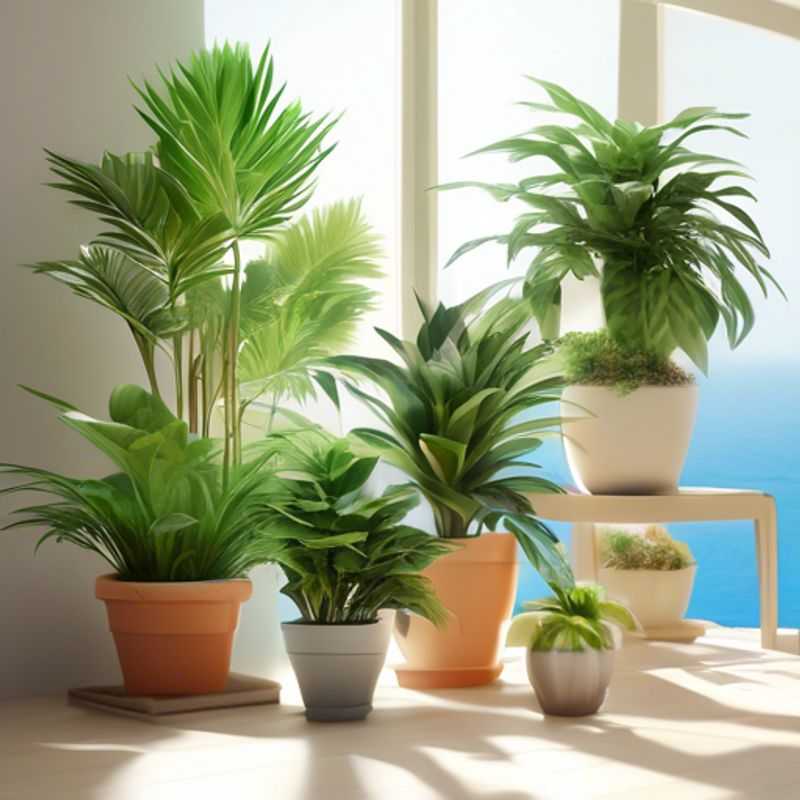
Plan Your Garden: Understanding Plant Growth Rates and Potential Size
Understanding the growth rate and potential size of plants is crucial for successful gardening. It ensures you choose plants that thrive in your space and avoid overcrowding or underplanting. Consider these factors:
Growth Rate: Some plants grow quickly, while others are slow and steady. Fast-growing plants may need more frequent pruning and watering, while slow-growing plants might take years to reach their full potential. Research the specific growth rate of your chosen plant variety.
Mature Size: This refers to the final height and spread of the plant. It's important to factor in the mature size to prevent plants from outgrowing their designated space. Check plant tags or online resources for information on mature size.
Spacing: Ensure adequate spacing between plants to allow for proper air circulation and sunlight. Follow recommended spacing guidelines for each plant variety.
Environmental Factors: Light, soil type, and climate can influence growth rate and final size. Select plants that are well-suited to your specific environment.
By carefully considering these factors, you can create a balanced and flourishing garden that maximizes the potential of your plants.
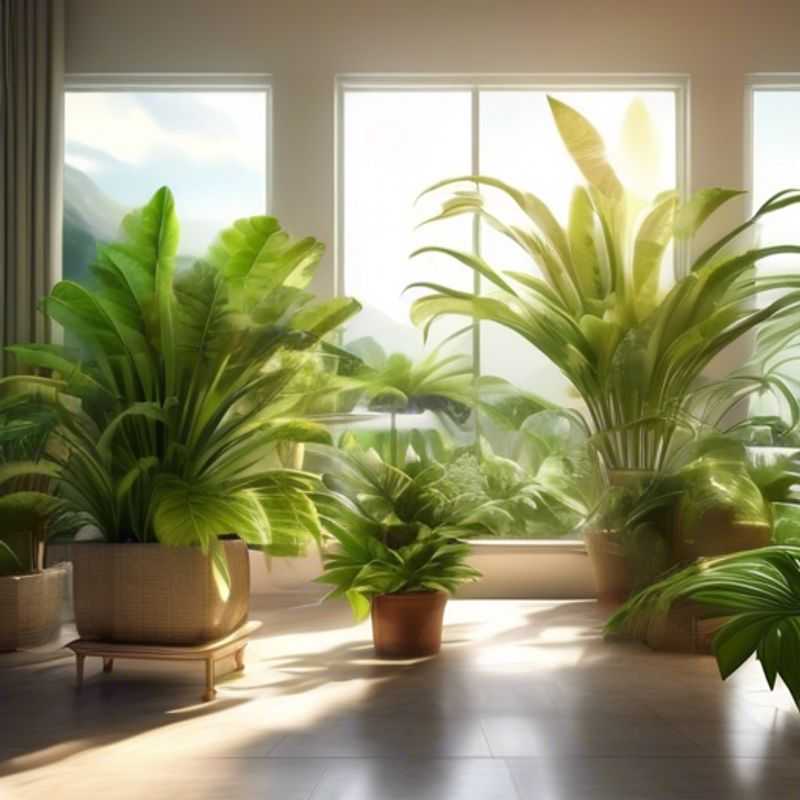
Plant Perfection: Matching Your Indoor Environment to Your Green Friends
Knowing the temperature and humidity requirements for your plants is crucial for their success. Different plants have different needs, and providing the right environment is key to their growth and overall health.
Research the specific needs of your plants. Start by researching the species you're interested in. Many websites and gardening books provide detailed information on their ideal temperature and humidity ranges.
Consider your location. The temperature and humidity in your home or garden will vary depending on your climate. If you live in a dry climate, you may need to provide additional humidity for your plants. If you're unsure, check with a local nursery or garden center for advice.
Invest in a thermometer and hygrometer. These tools will help you monitor the temperature and humidity levels in your growing space. You can find affordable options online or at garden centers.
Adjust your growing environment. Once you know the temperature and humidity requirements of your plants, you can adjust your growing environment to meet their needs. This may involve adjusting your thermostat, using humidifiers or dehumidifiers, or relocating your plants to different areas of your home or garden.
Pay attention to the signs. If your plants are not thriving, it may be due to incorrect temperature or humidity levels. Look for signs of stress, such as wilting leaves, yellowing leaves, or stunted growth. If you notice any of these symptoms, it's a good idea to adjust your growing environment.
Remember, providing the right environment for your plants is an ongoing process. By understanding their needs and paying attention to their cues, you can create a thriving and beautiful indoor or outdoor garden.
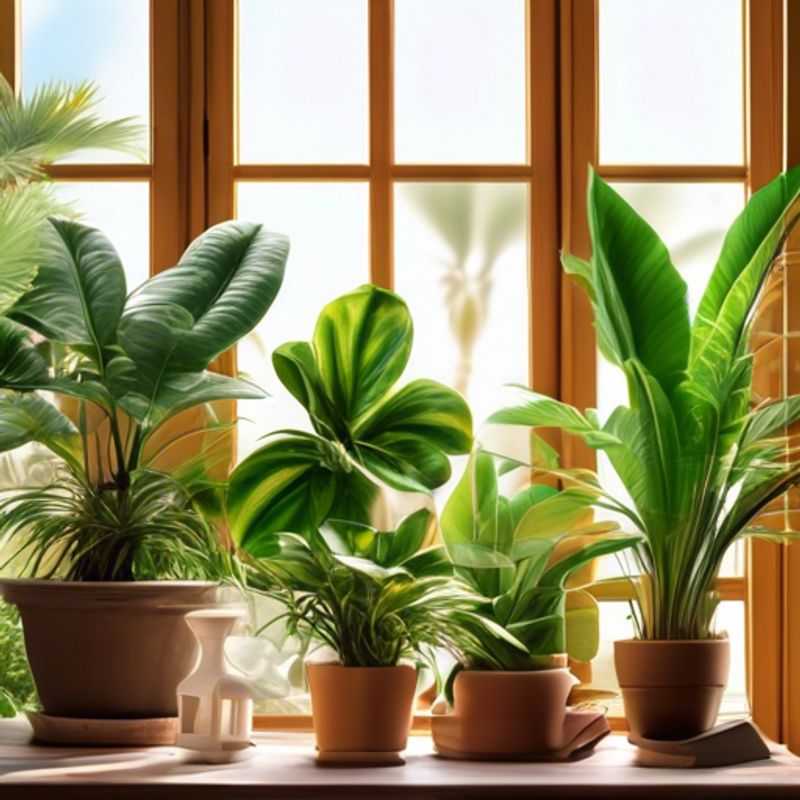
Grow 'Em Fast: The Right Soil and Fertilizer for Speedy Houseplants
Choosing the right soil and fertilizer is crucial for fast-growing houseplants. For optimal growth, opt for a well-draining, airy potting mix that retains moisture without becoming soggy. Consider a blend with peat moss, coco coir, vermiculite, and perlite. These ingredients promote good drainage and aeration. To provide essential nutrients for rapid growth, select a balanced fertilizer formulated for houseplants, with an NPK ratio of 10-10-10 or 20-20-20. Look for fertilizers containing micro-nutrients such as iron, magnesium, and manganese, as these are also vital for healthy growth. You can also opt for organic fertilizers, like compost tea or fish emulsion, to enhance plant health.
When using fertilizer, follow the recommended application instructions on the product label. Over-fertilizing can harm your plants. It is important to remember that fast-growing plants have higher nutrient requirements, so you might need to fertilize more frequently. However, always observe the plants for signs of nutrient deficiency or excess, and adjust your fertilization schedule accordingly.
